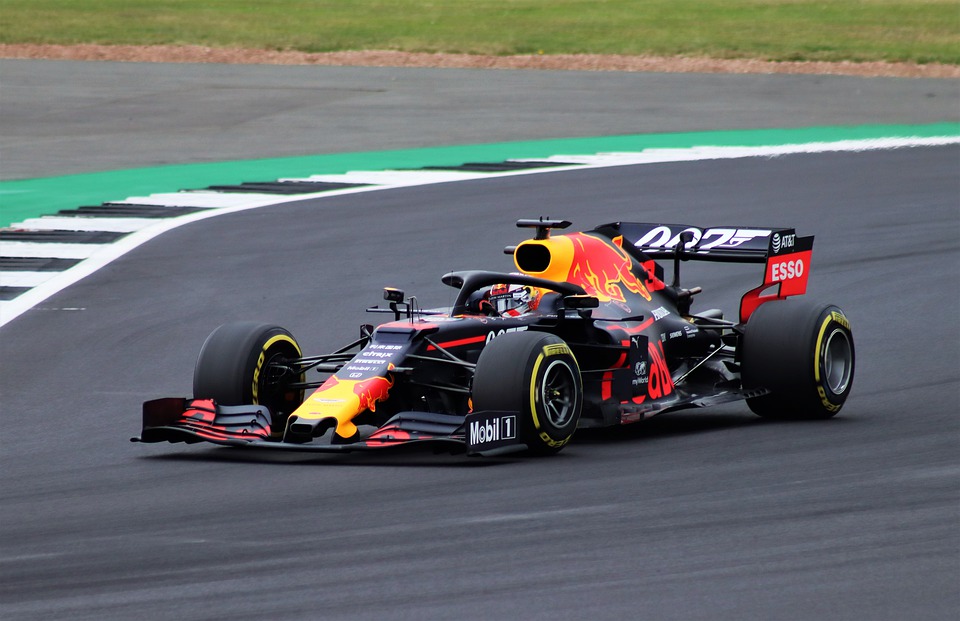This test is run by .
Note that your final mark will not be saved in the system.
Note that your final mark will not be saved in the system.
1.3.a. Biomechanical principles, levers and technology Typeit
Target Level
C
Running Total
0
0%
Attempt
1 of 3
Type the correct answers into the spaces. Fill all the spaces before clicking ‘Check Answers!’

Friction and air resistance
The measure of an object's resistance can be determined by both friction and air resistance. The two terms differ in that friction occurs from the interaction between two surfaces, whereas air resistance is the interaction between an object's surface and the air. They both act to impair the of movement and can be affected by various different factors:
- Velocity – The greater the velocity, the the air resistance. This can be applied in practice during everyday activity. Take a still day, for example; the wind is likely to go unnoticed when walking at a slow pace, but if walking were to turn into a jog, it might seem that the wind had picked up. In fact, this is simply a reflection of the relationship between velocity and air resistance.
- Surface properties – It is important that surfaces are if a performer wants to the limit the effect of air resistance. An example of this is the adoption of Lycra clothing in sports performed at high speeds, such as cycling and sprinting. If the surface were rough, this would impair the speed of movement by increasing air resistance. The same applies for friction – passing along the ground in football can be used as an example where if the same force were applied to the same ball it would have less friction, and thus travel , on a smooth surface such as an indoor gymnasium floor than on the rough surface of an outdoor grass pitch. There are many cases in sport where a performer would seek to increase friction between themselves and the ground to benefit sports performance. This can be demonstrated by the track athlete who wears running spikes to increase grip when running around bends, as well as the Formula One driver who performs a warm up lap of the track before a race, as an increase in increases friction between the racing car and the track, maximising traction when turning tight corners at high speeds.
- – An object with a flat surface is said to be 'aerodynamic', reducing the air resistance that impairs its speed of movement. For example, the streamlined design of a Formula One car and the placement of the driver allow for the smooth passage of air, thus maximising the speed at which the car travels.
- Front cross-sectional area – The smaller the front cross-sectional area of an object, the effect air resistance has on it. For example, the small front cross-sectional area of the javelin allows it to travel further than the object in any other field athletics throwing event.
Centre of mass
The centre of mass is defined as a point on the body or an object where mass is said to be concentrated and where no net torque is acting, and the body/object remains in a static equilibrium. The weighted relative position of the body's mass distribution affects the location of the centre of mass. For example, a gymnast's centre of mass is higher when they are performing a handstand than when they lower themselves (and their centre of mass) into a headstand. It is related to stability, which is the resistance of a body to motion and force application, allowing it to maintain position.of the centre of mass – Using the example of the gymnast, when lowering the centre of mass by going from a handstand to a headstand, stability increases.
- Mass – The greater the mass, the greater the stability. This is due to a greater force needed to overcome the inertia of high masses.
- Base of support – The the base of support, the greater the stability. Sumo wrestling is a good sporting example of stability, due to the number of methods sumo wrestlers use to ensure they remain on their feet. The crouched position they adopt lowers their centre of mass, the wide stance increases their base of support, and the large body mass of performers also contributes to high levels of stability.
- Line of gravity – If the centre of mass is contained within the , the line of gravity created will add to stability.